Evolving Regulatory Landscape
The evolving regulatory landscape is a critical driver in the Corporate Lending Market, as compliance requirements become more stringent. Regulatory bodies are increasingly focused on ensuring transparency and accountability in lending practices. This shift necessitates that lenders invest in compliance infrastructure and risk management systems. Recent reports suggest that compliance costs can account for up to 15% of a lender's operational expenses. Consequently, institutions that proactively adapt to these regulatory changes may gain a competitive edge. The Corporate Lending Market must navigate these complexities, which could lead to consolidation among smaller players unable to meet compliance demands.
Shift Towards Sustainable Financing
The Corporate Lending Market is witnessing a notable shift towards sustainable financing, as businesses increasingly prioritize environmental, social, and governance (ESG) criteria in their operations. This trend is driven by both consumer demand and regulatory pressures for sustainable practices. Data indicates that companies with strong ESG performance are likely to experience lower borrowing costs, as lenders are more inclined to finance projects that align with sustainability goals. As a result, the Corporate Lending Market is adapting to this paradigm shift, with lenders developing green loan products and sustainability-linked financing options to attract environmentally conscious borrowers.
Increased Demand for Working Capital
The Corporate Lending Market is currently experiencing a surge in demand for working capital as businesses seek to enhance their operational efficiency. This trend is driven by the need for companies to maintain liquidity and manage cash flow effectively. According to recent data, approximately 60% of small to medium-sized enterprises report that access to working capital is crucial for their growth strategies. As firms expand their operations or invest in new technologies, the reliance on corporate lending to finance these initiatives becomes more pronounced. This heightened demand for working capital is likely to propel the Corporate Lending Market forward, as lenders adapt their offerings to meet the evolving needs of businesses.
Technological Advancements in Lending Processes
Technological advancements are reshaping the Corporate Lending Market, facilitating faster and more efficient lending processes. Innovations such as artificial intelligence and machine learning are being integrated into credit assessment and risk management, allowing lenders to make more informed decisions. Data from recent studies indicates that lenders utilizing advanced technology can reduce loan processing times by up to 50%. This efficiency not only enhances customer satisfaction but also enables lenders to expand their portfolios. As technology continues to evolve, the Corporate Lending Market is likely to see increased competition among lenders, driving further innovation and improved service delivery.
Global Economic Recovery and Investment Opportunities
The current phase of The Corporate Lending Industry. As economies stabilize, businesses are increasingly looking to invest in growth opportunities, leading to a rise in demand for corporate loans. Recent economic indicators suggest that capital expenditure is projected to increase by 10% in the coming year, reflecting businesses' confidence in future growth. This optimism is likely to drive lending activity, as companies seek financing for expansion, acquisitions, and innovation. The Corporate Lending Market stands to benefit from this trend, as lenders position themselves to meet the anticipated rise in borrowing needs.


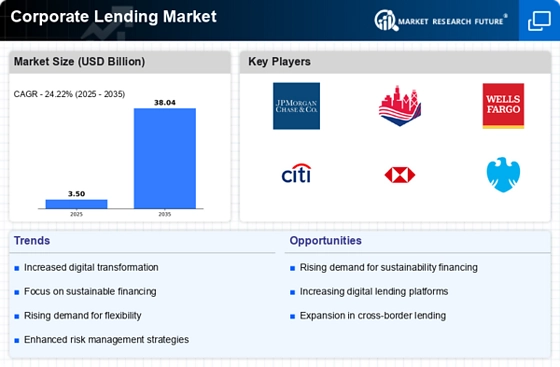
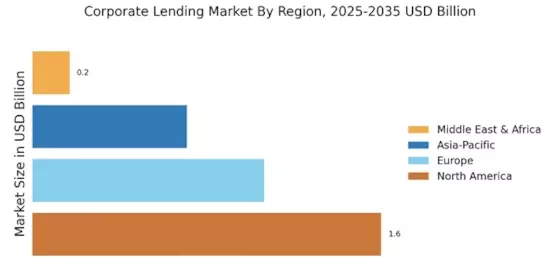

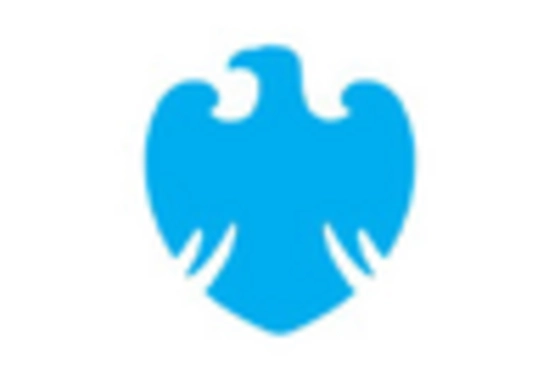
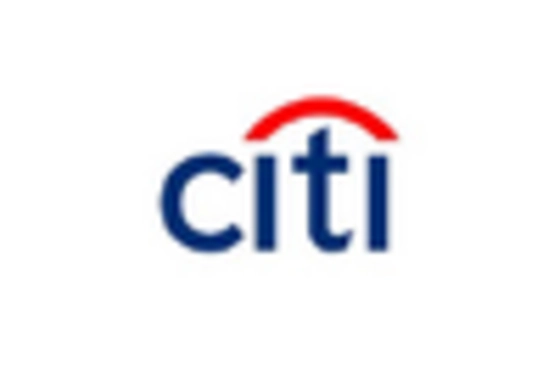
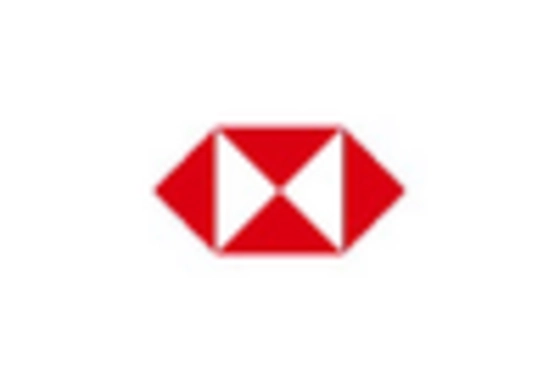

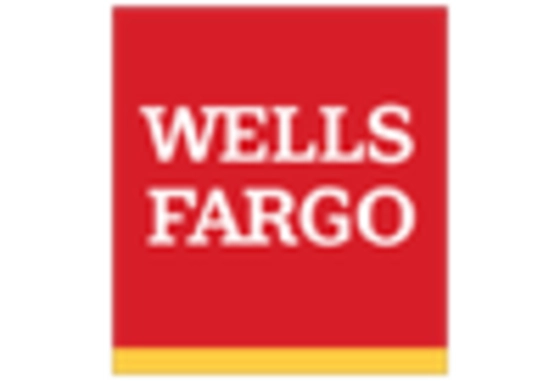








Leave a Comment